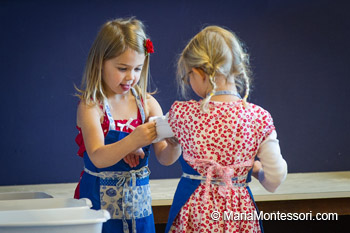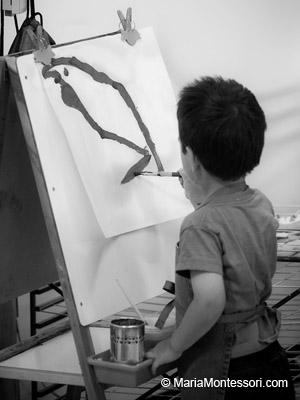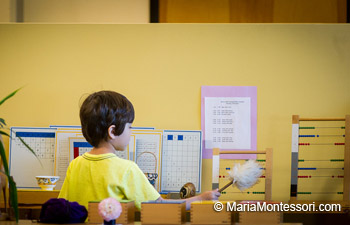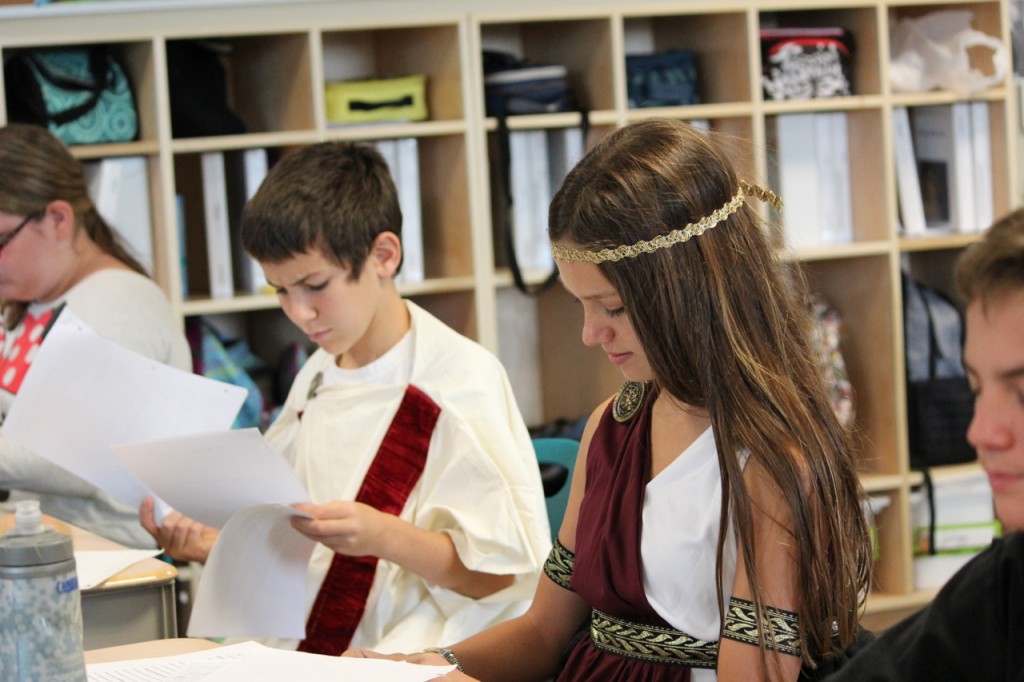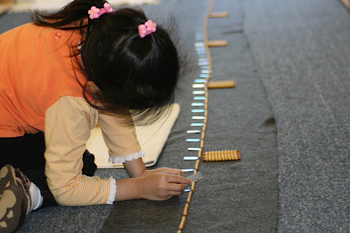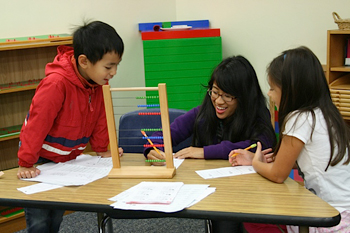5 Ways LePort Is Different: Your Choice, In a Nutshell
Since you are reading this blog post, you are probably researching a private school for your child. Maybe your child is in a private school already; or maybe you are just deciding between public school and private school.
This choice may be one of the most important you’ll ever make for your child – and, if you choose private school, one of the biggest investments you’ll make as a parent. Private schools, after all, need to charge tuition for their services, while public schools don’t require much payment from parents (beyond, of course, the taxes you will be paying, whether or not your child attends public school).
Faced with the choice of “free” public schools and the private school alternatives, parents naturally wonder: is it worth paying for private school?
It’s a very personal question, dependent on your family’s financial circumstances and your other values. In many cases, the answer may well be that private school is not worth it: in some cases the difference just doesn’t make enough of a difference. Yes, private schools usually offer nicer facilities, more extra-curricular options, and smaller class sizes. Beyond these factors, however, many private schools aren’t that different from public schools: Often, they follow the same California Standards and use the same text books as public schools; they hire teachers from the same education colleges; they use the same pedagogical approach in the classroom and prepare students for the same standardized test battery. Sure, class sizes are smaller and there’s more accountability—but is that alone really worth all that money if at root private schools offer the same educational product as the public schools?
If we ask a different question, whether LePort Schools in particular is worth the investment, it won’t surprise you that we believe the answer ought to be yes for many, many more parents. The reason is that LePort Schools offers a truly different education. In our view, we offer a wholly different product, not just a better quality of the same thing offered by public schools.
Here are five fundamental differences between an education at LePort and at many other schools, private or public alike:
-
- A deliberate, carefully thought-out focus on your child’s long-term happiness. What is your goal for your child’s education? How does it line up with what the schools you consider aim for? For many schools the answer is either very specific (“getting children into good colleges”, “achieving proficient scores on API tests”), or very broad (“responsible, global citizenship” or “making meaningful contributions to the world community”). At LePort, our core goal is different: we want to enable your child to achieve his own personal happiness. As we put it in our mission statement, “At LePort, we help our students acquire the essential knowledge, thinking skills, and strength of character required to flourish as joyous children today, and as successful adults tomorrow.” This difference in purpose has many implications; stay tuned for an upcoming post just on this topic!
-
- A carefully sequenced, content-rich curriculum. With the dominance of No Child Left Behind and now Race to the Top, public elementary schools focus excessively on a narrow, test-driven, memorize & regurgitate approach to the basics – reading, writing, arithmetic. Many traditional private schools unfortunately follow a similar approach. Others, identifying themselves as progressive schools, commit a different mistake: worried about the negative impact of rote learning, they throw out an adult-guided, structured curriculum altogether, and rely instead on child-led, project-based exploration, which may leave children with significant skill and knowledge gaps. We reject both these approaches. Instead, we have developed a carefully sequenced, academically challenging curriculum that respects the child’s motivational context.
-
- Motivation by interest and joy, not grades and fear. Here’s a question you should ask of each school you visit, private or public: how do you motivate children to learn? For many schools, the answer relies heavily on extrinsic motivators, which reward “good” behavior and results with stickers, praise, class parties, treasure chests or good grades, and punish “bad” behavior with loss of privileges (recess, independent work time), extra work (more homework!), bad grades or a trip to the principal’s office. Sounds familiar?! LePort is different: we understand that in order to really learn, children have to make a choice to want to learn. We think it is our responsibility to make what we teach so interesting that children can’t wait to learn.
-
- Passionate professionals as teachers. A teaching credential: at most schools, public and private alike, this piece of paper is a must-have, do-or-die requirement for becoming a teacher. Not so at LePort. While we do have many credentialed teachers, we didn’t hire them because of their credential—and many of our teachers never attended a teacher’s college. Instead of relying on a credential, we have our own exacting hiring standards. Parent feedback, student comments, and our academic results all bear witness that our hiring approach consistently leads to high quality teachers who connect with their students and motivate them beyond the parents’ wildest dreams.
- A focus on individualization, made possible by small class sizes and low ratios. At LePort, we limit class size to 16 students for grades 4 – 8. (Our Montessori elementary classrooms typically have 24 students, with two teachers, for a 1:12 ratio.) As impressive as a 16-student class size is, our actual teacher-student ratio is closer to 1:10: each class of 16 has a dedicated homeroom teacher, who usually specialized in language arts. In addition, students receive instruction from subject-matter specialist teachers in history, math, geography and science. Our typical 4th – 8th grade program is staffed by 10-12 full-time teachers, for a 1:7 or 1:8 student teacher ratio. Hiring this many highly-qualified staff members isn’t cheap, but we think it is essential to providing a great education: we expect our teachers to get to know and appreciate each child and family; to motivate the student by understanding his temperament, talents and interests; to provide detailed coaching feedback on each assignment (as against just assigning a letter grade and moving on); to help the child learn personal skills (such as organization, time management, goodwill during competitions), in addition to strictly academic content; to create ample time for questions in class and an opportunity for each student to participate. There is just plainly no way this level of personalized instruction is possible in classes with 25 children in 1st grade, or even 35 or more students by middle school (numbers unfortunately now typical of most public schools, and even many private schools).
These are five of the fundamental differences between an education at LePort and at many other private and public schools, and there are more subtle differences that parents pick up on when they become LePort parents.
In some ways, the process of becoming a LePort parent is like purchasing that very special car you’ve been eyeing. Before choosing the car, you probably first decide what type of car you want: sedan or SUV, roadster or truck. Then, your next step is a test drive.
As you research schools for your child, we encourage you to follow the same process: identify first what type of education you want for your child, then search out schools that offer a program in line with your goals. Next, take a “test drive” by spending a few hours observing at a few different schools you are considering.
Here at LePort, we love to have prospective parents come visit and sit in our classes and see our teachers in action. No matter how much we write about our unique approach, the best way of understanding it is to come in and see for yourself. Feel free to come for a guided tour, ask to meet with our Heads of School, or schedule a time to observe classes in action.
While many private schools and most public schools limit parents to pre-scheduled open houses, we think the decision of which school to send your child to is so important that you should have the opportunity to see for yourself. (Isn’t it ironic that car dealerships will do anything to get you in to look at their cars, while many schools are resistant to having parents even come in for an observation – and this is the education of your child, not just a test drive of a sedan!) So, please contact us and set up a tour: click here to find all campuses phone numbers.




